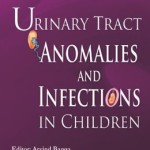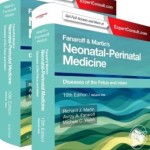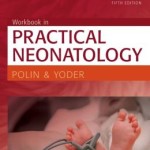by N B Mathur (Editor)
Neonatal sepsis contributes significantly to neonatal morbidity and mortality. The incidence of neonatal sepsis as per National Neonatal Perinatal Database (NNPD 2002-2003) is 30 per 1,000 live births among intramural neonates. Among extramural neonates, sepsis accounts for nearly 40% of admissions to the NICU. It accounts for 18% of neonatal mortality among intramural neonates and nearly 40% of mortality among extramural neonates. The incidence and mortality is much higher in VLBW neonates as compared to term neonates.
Neonatal sepsis is a clinical syndrome characterized by systemic signs of infection and accompanied by bacteremia in the first month of life. Once bacteria gains access to the bloodstream, mechanisms are activated by the host to eliminate it. Usually, the bacteria are efficiently cleared by the monocyte macrophage system after opsonization by antibody and complement. Sometimes, however, a systemic inflammatory response syndrome is established and can progress independently of the original infection. In many patients with sepsis, it is difficult to document a bacterial cause. The term “systemic inflammatory response syndrome” includes several stages of infection ranging from sepsis, sepsis syndrome, and early septic shock to refractory septic shock, which can eventuate in multiple organ dysfunction syndrome (MODS) and death.
Prevention of sepsis is probably the best management strategy as far as neonatal sepsis is concerned. Strategies include prevention of early-onset sepsis and prevention of late-onset sepsis. For the former, appropriate obstetric care is the key; for the latter, decreasing interventions, promoting breast feeding, and maintaining proper hand hygiene are essential.
Download
Note: Only ObGyn&Pe member can download this ebook. Learn more here!











